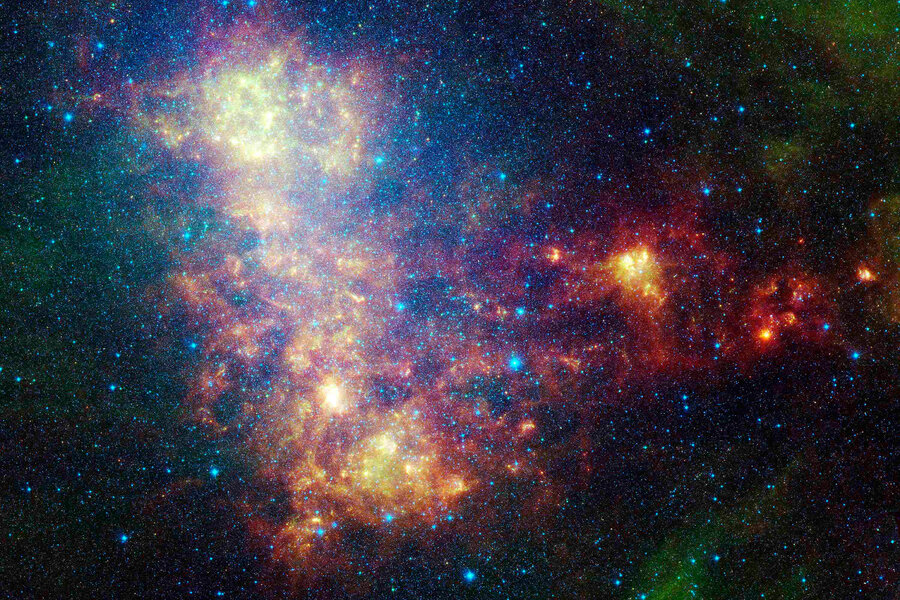Old stars may have some new tricks – possibly even life
Loading...
Astrophysicists want to redirect the search for other life in the universe toward a type of star astronomers have said is too old to produce life.
The conventional wisdom of astronomers holds that after the universe began with a "Big Bang," an explosion of the lightest elements starting with hydrogen, and then helium, followed. Progressive explosions led to progressively heavier elements and finally metals, and therefore the complex Milky Way solar system came relatively late.
Although astronomers knew older star clusters existed, most assumed these stars – nicknamed globular clusters – had formed too early to have produced many planets, and certainly too early for another rocky planet like Earth. The globular clusters of stars trapped in each other's gravity interested astronomers who wanted to know what the universe was like before life, but not those searching for more life, according to a 2013 article from Space.com:
Scientists suspect the stars in globular clusters formed from single clouds of gas that condensed to make stars around the same time, around 10 billion years ago. That makes these stars some of the most ancient known. As such, they provide valuable archaeological evidence about what the universe was like not long after the Big Bang is thought to have given rise to it. . . .
Astronomers estimate the universe is about 13.7 billion years old. In contrast, our own star, the sun, formed only 4.6 billion years ago, and is made of more complex, heavier elements that were around at this later epoch.
Researchers from the Harvard-Smithsonian Center for Astrophysics (CfA) presented research to contradict this view at a Wednesday meeting of the American Astronomical Society.
"A globular cluster might be the first place in which intelligent life is identified in our galaxy," lead author Rosanne Di Stefano of the CfA said, according to a press release.
Although they have found only one planet in a globular cluster so far, Ms. Di Stefano and her colleagues said they had reason to hope there may be more.
"It's premature to say there are no planets in globular clusters," said Alak Ray from the Tata Institute of Fundamental Research in Mumbai, according to a press release.
They said their research showed small, Earth-like planets can orbit light stars just as easily as the heavier ones. To counter concerns that the tightly packed globular star cluster would destroy any planets as they formed, DiStefano and Mr. Ray said that since these stars are old and therefore dim, the planets would orbit more closely to their respective suns and avoid collision with other stars.
Testing this theory could prompt the Search for Extraterrestrial Intelligence Institute, which pings likely segments of space to search for other life, to add the ancient globular clusters to target zones.






